Two Books 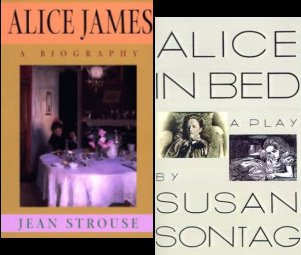
Susan Sontag wrote a play about Alice James, the invalid sister of William and Henry James. It would be implausible to assume that Sontag did not read a brilliant biography of Alice James by Jean Strouse. It was one of my favorite books, I have learned so much about the whole of James family.
Here is the review of her play by Robert Scanlan.
In 1980, Jean Strouse published an award-winning study of the short, pathetic, life of Alice James … Alice died of cancer in 1892, at the age of 43, and the enormous fame and accomplishment of her two eldest brothers — Henry (the novelist) and William (the psychologist/philosopher) — eventually brought attention to her terrible life of illness and , as W.H. Auden so unforgettably put it, her all-too human “unsuccess.” In the preface to Alice James, Jean Strouse introduced the subject of her complex and carefully researched biography as follows:
“When I am gone,” Alice James wrote to her brother William as she was dying, “pray don’t think of me simply as a creature who might have been something else, had neurotic science been born.” Alice clearly foresaw that her famous psychologist brother — and perhaps others — would “interpret” her life, and she expressed a wish to forestall this indignity. Jean Strouse introduced the subject Sontag took up in her play: how did Alice collect the separated fragments of her shattered life into an identity, however dismal and disappointing it might appear to others.
Imagine my surprise when I came across this article by Dana Heller accusing Sontag of hiding a truth that she was influenced by another novel “Alice in Bed” by Cathleen Schine bearing a same title as Sontag’s play.
And then there is untruth. The untruth is that Susan Sontag once read a novel by Cathleen Schine and was so entertained by its subtle meditation on questions of female intellect and crippling illness that she borrowed its title for a play she’d been thinking about writing, a play about Alice James’ heroic struggle with cancer, all the while certain that nobody would ever make the connection or confront her with the possibility of influence. Until we met. And that, while plainly not the truth, may not be a lie.(Dana Heller)
Now go back to Scanlan’s review of Sontag’s play.
Thus the title, Alice in Bed (not to be confused with Cathleen Schine’s 1983 novel, which bears the same title), for the significant portion of Alice James’ life was spent in prostration, bedridden and waiting for death. (Robert Scanlan)
Schine’s Alice is also an invalid with the last name of Brody, a modern woman who actually has an affair with a doctor, quite different from the neurotic, virginal spinster, Alice James. The only connection is the title. If Sontag had titled her play “Alice James in Wonderland” or something, she might have escaped the unfair and wrong headed posthumous accusation from this very ignorant academic who gives no indication she has ever heard of the 1980 Strouse biography of Alice James.
Here is a review of “Alice In Bed” (Cathleen Schine)
Found another Alice James, wife of William James, who happens to be lying in Bed. My desperate search for Alice James in bed has led me to the wrong Alice James. This Sargent portrait was made after the death of the sister Alice James. Researchers and academics must be very careful before jumping to erroneous and damaging conclusions.
Watercolor portrait by John Singer Sargent.
Alice James or Mrs William James
Literature was her passport (Sontag’s homepage)
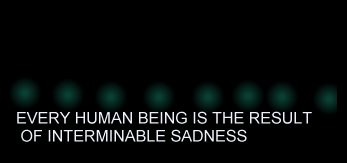
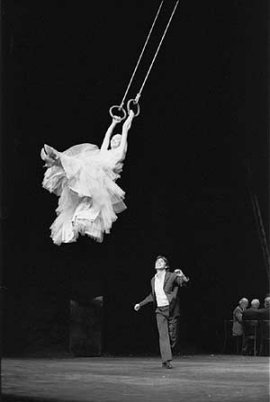



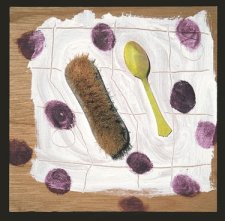
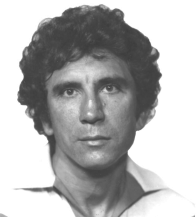 was born on July 16, 1943.
was born on July 16, 1943.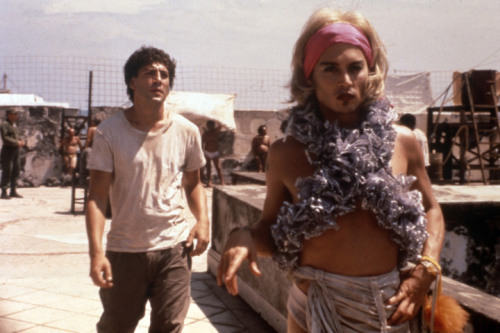


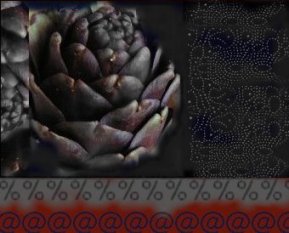 from Trader Joe.
from Trader Joe.